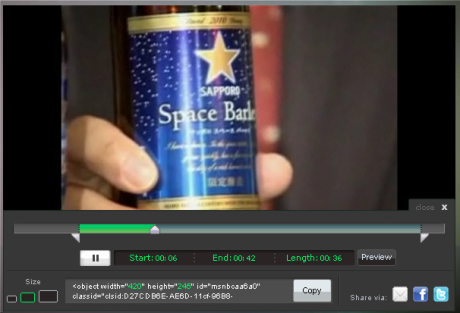You’re a promoter. Don’t forget it.

Promotion is at the heart of what we do as designers. At each stage in the design process we make decisions, conscious or not, that affect what we’re promoting. When we remember this, we can craft sites and apps that effectively guide users through the experience. When we forget, we distract our users from what’s most important.
Every piece of content, every bit of functionality, and every visual element are competing for the user’s attention. You can try to manage that attention by choosing what to promote and how much to promote it. This starts when you define the scope of your project. It continues when you determine the structure, navigation, and interaction models of your site or app. And it carries through to the final layout and design of individual pages, states, and screens.
Read more





